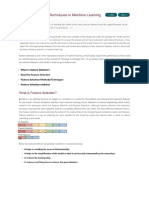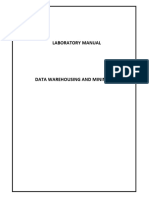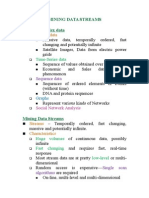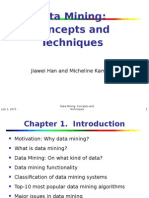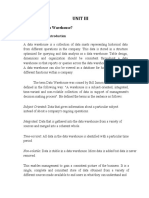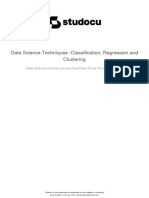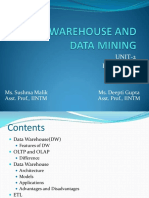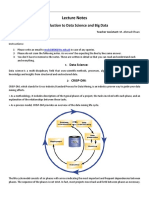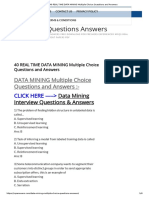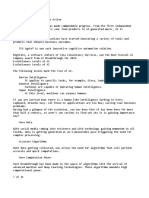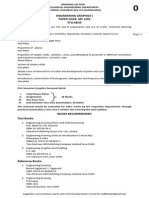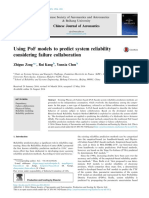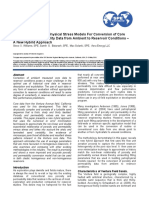0% found this document useful (0 votes)
115 views46 pagesLecture 01 05.08.2024 AI-ML Introduction
Uploaded by
Amritanshu VivekCopyright
© © All Rights Reserved
We take content rights seriously. If you suspect this is your content, claim it here.
Available Formats
Download as PDF, TXT or read online on Scribd
0% found this document useful (0 votes)
115 views46 pagesLecture 01 05.08.2024 AI-ML Introduction
Uploaded by
Amritanshu VivekCopyright
© © All Rights Reserved
We take content rights seriously. If you suspect this is your content, claim it here.
Available Formats
Download as PDF, TXT or read online on Scribd
/ 46


